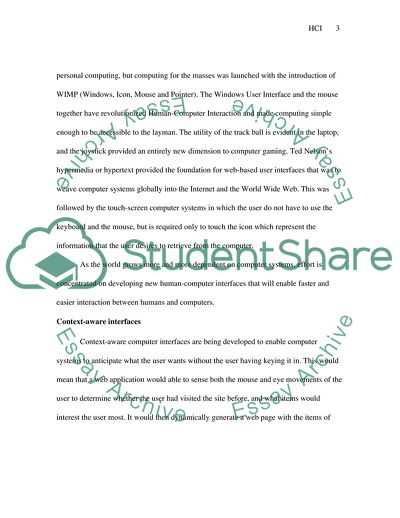Cite this document
(Human Interface Techniques for Computers Coursework, n.d.)
Human Interface Techniques for Computers Coursework. Retrieved from https://studentshare.org/technology/1711148-word-report-on-new-human-interface-techniques-for-computers
Human Interface Techniques for Computers Coursework. Retrieved from https://studentshare.org/technology/1711148-word-report-on-new-human-interface-techniques-for-computers
(Human Interface Techniques for Computers Coursework)
Human Interface Techniques for Computers Coursework. https://studentshare.org/technology/1711148-word-report-on-new-human-interface-techniques-for-computers.
Human Interface Techniques for Computers Coursework. https://studentshare.org/technology/1711148-word-report-on-new-human-interface-techniques-for-computers.
“Human Interface Techniques for Computers Coursework”. https://studentshare.org/technology/1711148-word-report-on-new-human-interface-techniques-for-computers.


